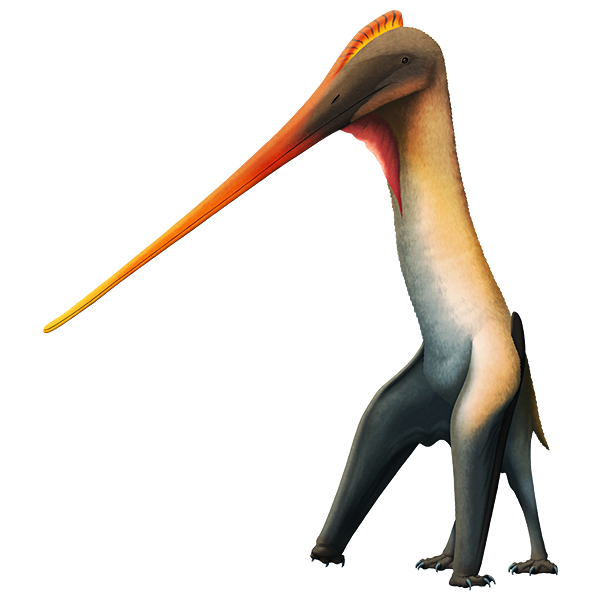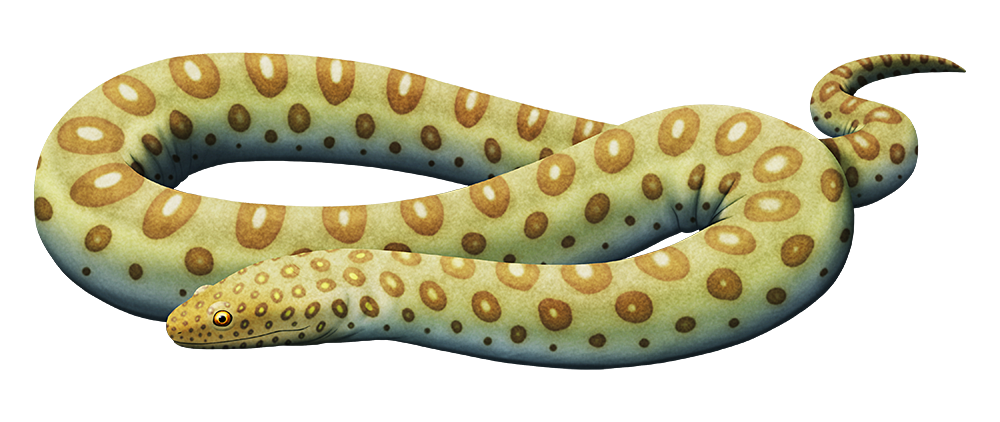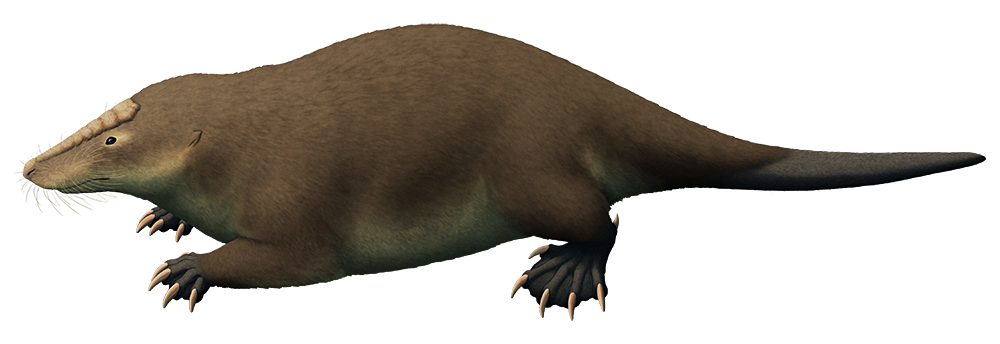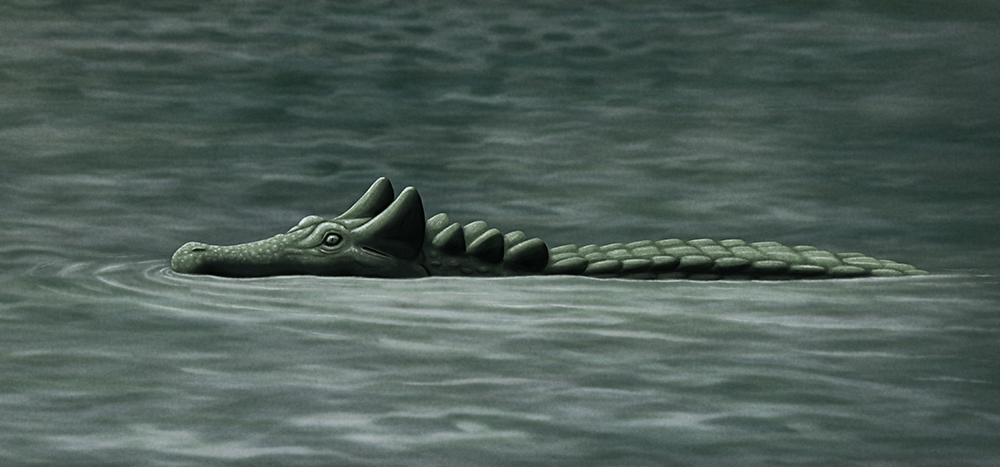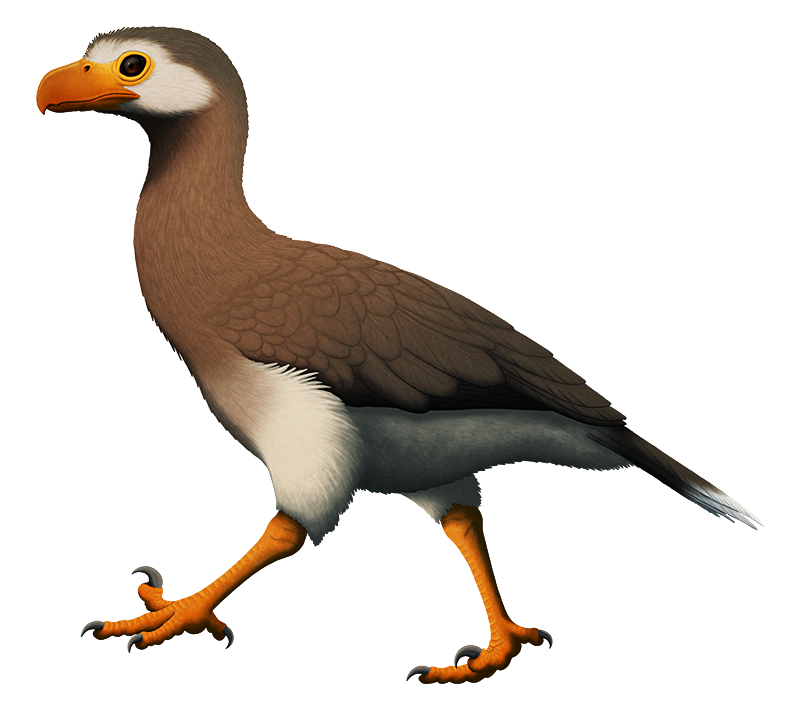Cephalopods‘ highly distinctive body plan and incredible intelligence make them some of the most charismatic marine animals. Today they’re mainly represented by the soft-bodied coleoids (octopuses, squid, and cuttlefish), with the modern giant squid and colossal squid being the largest living invertebrates. In comparison the shelled nautiluses seem like weird oddballs, but they’re actually far more typical examples of the group than their squishier cousins – as part of the conchiferan lineage the ancestors of all modern cephalopods were also shell-bearing molluscs, and for much of their evolutionary history shelled forms like ammonites and orthoceridans were extremely abundant.
The exact evolutionary relationships of cephalopods within the conchiferan family tree aren’t clear, but their closest relatives might be modern monoplacophorans and they probably descended from limpet-like “monoplacophoran-grade” ancestors in the early Cambrian. The current oldest potential cephalopod fossils come from about 522 million years ago, but the first definite cephalopods in the fossil record come from much later in the period.
Continue reading “Cambrian Explosion Month #26: Phylum Mollusca – Tentacle Time”



